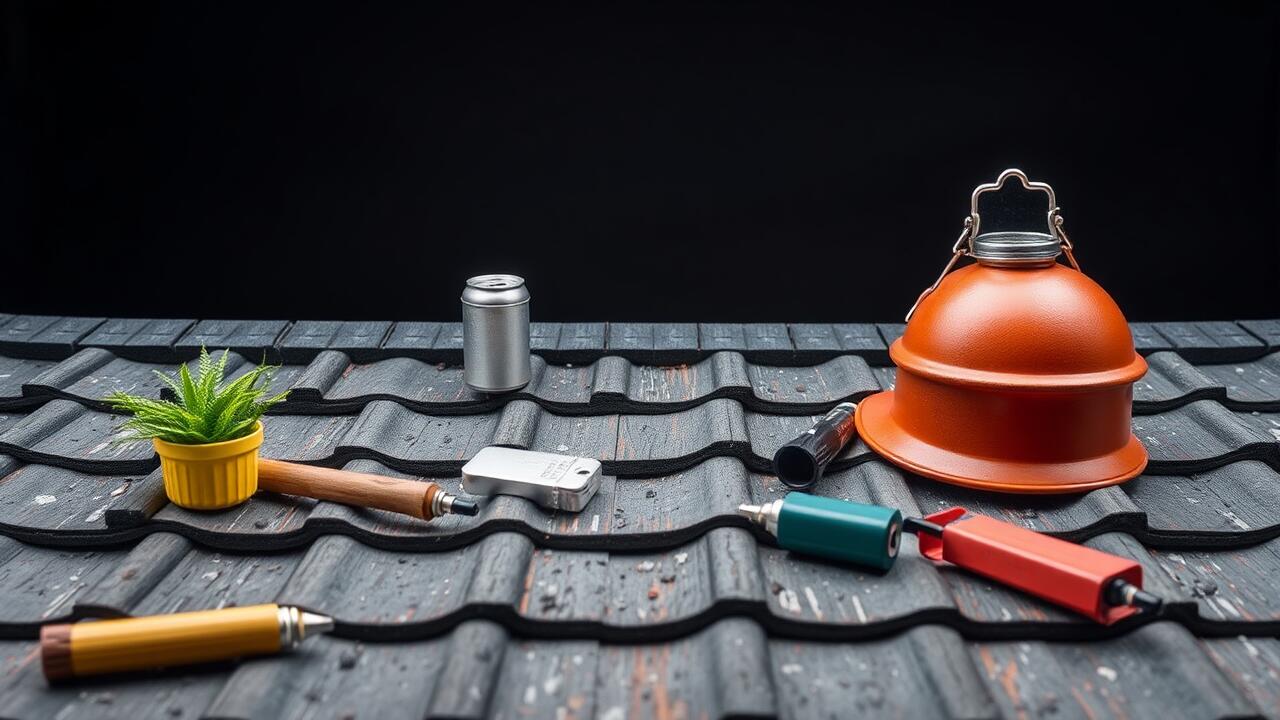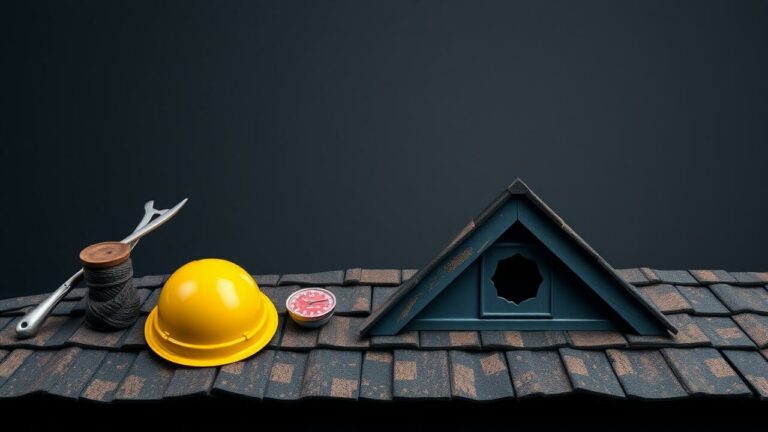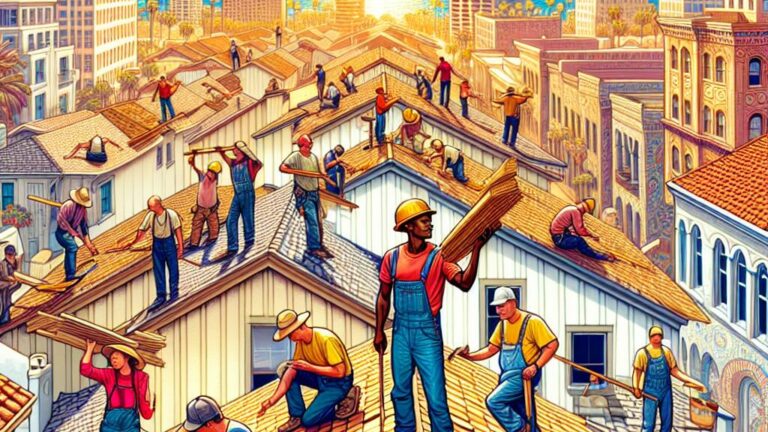Flat Roof Repair San Diego
Weather Considerations in San Diego
San Diego, with its Mediterranean flair, dances between mild, wet winters and sizzling, arid summers. This climatic waltz intricately weaves into the fabric of flat roofs—dictating their resilience and upkeep. Here’s where things get interesting: the coastal environment layers on a tapestry of challenges. The high humidity wraps around structures like a damp cloak while salt-laden breezes conspire to hasten deterioration in ways one might not anticipate. And when those winter storms unleash torrents? Oh boy! Suddenly drainage issues become more than just an afterthought; they transform into pressing concerns that demand vigilance from homeowners.
Grasping the nuances of local weather is not merely helpful—it’s essential for anyone navigating the labyrinthine world of flat roof construction and repair decisions. The relentless heat invites thermal expansion and contraction—a silent adversary that puts roofing materials to the test day after sweltering day. So what’s a savvy homeowner to do? Choosing resilient materials isn’t just smart; it’s vital! Pairing these choices with well-designed drainage systems can spell salvation against San Diego’s capricious climate quirks. It all culminates in this golden rule: regular maintenance paired with swift repairs is your best armor, ensuring that your home remains steadfast against whatever wild whims nature throws your way!
Impact of Climate on Flat Roofs
Ah, the climate of San Diego—a paradoxical playground for flat roofs! With endless stretches of brilliant sunshine juxtaposed against those fleeting rain showers, the relentless UV rays wage a slow war on roofing materials. It’s a dance of degradation that demands not just any installation but craftsmanship paired with top-notch materials to fend off the lurking menace of thermal expansion. And let’s not forget about that infrequent rainfall; while it may seem like a blessing, that flat design is notorious for allowing water to pool—oh, the dread! This stagnant water can spell disaster over time, paving the way for leaks and structural mayhem.
Then there are those seasonal temperature swings—the silent saboteurs in this roofing saga. The scorching heat? It transforms once-resilient materials into brittle shells. Conversely, when temperatures dip low enough to make one shiver, contraction kicks in—cracks begin their inevitable march across the surface. Homeowners must don their detective hats and carry out regular inspections; minor issues left unchecked can snowball into major headaches. By adopting proactive strategies now, one can dramatically extend the life expectancy of these flat rooftops amid such climatic caprices!
| Climate Factor | Impact on Flat Roofs | Recommended Solutions |
|---|---|---|
| UV Rays | Degradation of roofing materials, leading to brittleness and cracks. | Use UV-resistant materials and coatings. |
| Rainfall | Pooling of water, increasing the risk of leaks and structural damage. | Ensure proper drainage systems; consider a slight slope. |
| Temperature Swings | Expansion during heat and contraction in cold, causing material fatigue. | Regular maintenance and inspections; use flexible materials. |
| Wind | Possible damage to roofing edges and increased rooftop debris. | Fortify roofing edges and regular debris removal. |
Maintenance Tips for Flat Roofs
Regular inspections of flat roofs—oh, they’re not just a good idea; they’re absolutely crucial for nipping potential problems in the bud! Homeowners should really mark their calendars for these checks at least twice a year, ideally during that delightful transition between spring’s blooms and fall’s colorful decay. Why? Because that’s when you can truly gauge the health of your roofing material. Keep an eye out for telltale signs: cracks that whisper of wear, blisters ready to burst with trouble, or pesky pooling water just waiting to wreak havoc. Swift action on these issues? It can save you from costly repairs down the line and extend your roof’s life like nothing else!
But wait—there’s more! Let’s talk about those overhanging branches—they might look charming but are often sneaky culprits when it comes to debris build-up. A little snip here and there could work wonders in reducing junk accumulation and minimizing risks of punctures or other damage.
And let’s not forget: maintaining cleanliness up there is equally vital! That layer of leaves, dirt, and miscellaneous debris isn’t merely unsightly; it traps moisture like a sponge and opens the door wide for mold or mildew to set up shop. Grab a soft broom or reach for a leaf blower—just steer clear of anything too harsh that might harm your precious roofing material! Plus, be vigilant about keeping drainage systems squeaky clean—those gutters and downspouts need to function flawlessly. When water flows freely away from your roof instead of hanging around causing mischief? You significantly decrease the chances of standing water troubles and all the chaos associated with unwanted infiltration!
Best Practices for Longevity
When it comes to flat roofs, regular inspections aren’t just a good idea—they’re absolutely essential for preserving their integrity. Homeowners should set aside time at least twice yearly for visual checks, keenly scanning for signs of wear and tear like cracks, blisters, or those pesky pools of water that seem to appear out of nowhere. Tackling these issues head-on can stave off bigger problems down the line and stretch the lifespan of your roofing system significantly.
But there’s more! Keeping debris at bay is vital; otherwise, you’re inviting trouble in the form of standing water and moisture build-up—two culprits that can wreak havoc on structural integrity over time. It’s all about prevention!
Now let’s talk materials: investing in top-notch options from the get-go during installation or repair work can make an impressive difference in durability. Think modified bitumen membranes or thermoplastic olefin (TPO) — they stand tall against nature’s fury! And don’t overlook reflective coatings; applying them not only boosts energy efficiency by reducing heat absorption but also offers a layer of protection against wear.
These strategies harmoniously intertwine to prolong your flat roof’s life while ensuring your indoor sanctuary remains cozy no matter what Mother Nature throws its way throughout the changing seasons.
Cost Factors for Flat Roof Repairs
Ah, the realm of flat roof repairs—where a myriad of variables dance together, each influencing the financial landscape in its own quirky way. First up, let’s talk materials! The choice between TPO, EPDM, or modified bitumen isn’t just a casual decision; it’s a pivotal factor that can swing costs dramatically and dictate longevity like some sort of roofing oracle. Then there’s the size and complexity of your roof—a sprawling expanse or an intricate maze? Larger spaces with convoluted designs often come hand-in-hand with higher labor demands and resource allocations.
But wait—don’t forget about damage extent! A few minor dings might only nibble at your wallet, while significant woes could lead to an all-out financial siege requiring a much heftier investment.
Now let’s pivot to labor costs—the heartbeat of any repair project. In San Diego’s bustling market, skilled hands don’t come cheap! Those battle-tested professionals are likely to command premium wages reflective of their expertise amidst soaring demand. And here lies another twist: timeliness matters immensely! Delays could spiral into further structural dilemmas, piling on additional expenses you didn’t bargain for.
Lastly—let’s not overlook those pesky permits and inspections lurking in the shadows! Local regulations may mandate these extras that inevitably add layers to your budgetary considerations when plotting out your flat roof repair strategy. So buckle up—you’re navigating quite the complex web here!
Understanding Pricing Structures
When it comes to the costs associated with flat roof repairs, a whirlwind of factors dances into play: materials, labor, and the intricacies of the job itself. Take your pick from an array of common materials like TPO, PVC, and EPDM—each one strutting its stuff at varying price points. The choice you make doesn’t just affect what’s coming out of your wallet today; it ripples through time, influencing both immediate expenses and future durability.
Now let’s talk labor—the rates can swing wildly! They hinge on who you hire and where you’re located in this vast landscape of contractors. And beware! Hidden surprises lurk around every corner during repairs; unexpected issues may rear their heads and demand extra attention—and yes, that means more money!
Peering deeper into the pricing labyrinth requires an understanding of project scope. A simple fix—a quick patch job for tiny leaks—usually won’t break the bank compared to a full-blown roof replacement saga. Homeowners are wise to gather several estimates—think of it as shopping for assurance—to get a clearer picture of necessary work without falling prey to inflated prices. Moreover, asking for a detailed cost breakdown can illuminate which aspects drive up that total figure, empowering homeowners to navigate their choices regarding flat roof maintenance or repair with confidence!
Permits and Regulations in San Diego
Diving into the intricate web of regulations governing flat roof repairs in San Diego is not just a mere formality; it’s absolutely crucial. The local building codes—those often-overlooked mandates—spell out exacting stipulations that touch on everything from structural soundness to waterproofing finesse, and even energy efficiency! Homeowners would be wise to immerse themselves in the guidelines put forth by the San Diego Planning Department. Securing the requisite permits isn’t merely bureaucratic red tape; it’s a safeguard against potential legal entanglements and ensures alignment with city standards.
Moreover, let’s not forget that some flat roofing materials come with their own set of rules reflecting fire resistance or environmental considerations—a detail too important to overlook! Contractors stepping into this arena must carry valid licenses and possess an intimate understanding of these local regulations. Ignorance here can lead to pesky fines or frustrating delays as repairs stall. Thus, it’s prudent for property owners to engage collaboratively with their contractors, ensuring every facet of the project harmonizes with municipal expectations. This proactive strategy doesn’t just smooth out the repair process; it also fortifies your investment in your property, turning what could be a daunting task into a seamless endeavor!
Compliance for Roof Repairs
Navigating the labyrinth of local regulations is absolutely vital for any roofing endeavor in San Diego. This vibrant city comes with its own set of stringent codes that dictate everything from roofing materials to structural integrity and safety standards. Before diving headfirst into any repair project, homeowners must secure the appropriate permits—failing to do so might lead down a treacherous path filled with fines and unforeseen complications. Gaining a solid grasp of the San Diego Municipal Code concerning building and construction can serve as an invaluable compass through this intricate process.
Moreover, teaming up with licensed contractors who are well-versed in local regulations can streamline compliance like nothing else. These seasoned professionals often have their fingers on the pulse of current zoning laws, deftly guiding homeowners through the maze of permit acquisition. Keeping all documentation meticulously organized and readily accessible is crucial since inspections could pop up when least expected. Adhering to these guidelines not only bolsters the safety and durability of repairs but also shields property owners from potential legal pitfalls lurking just around the corner.
Eco-Friendly Repair Options
In the ever-evolving landscape of flat roof repairs, sustainable materials emerge as pivotal players, empowering homeowners to shrink their environmental footprint in remarkable ways. Imagine recycled roofing membranes—these gems not only deliver exceptional durability but also champion waste reduction with flair. And let’s not overlook green roofing systems! These living blankets of plants and vegetation do more than just insulate buildings; they weave a vibrant tapestry that enhances biodiversity itself. Such innovations resonate harmoniously with our growing consciousness surrounding climate change and the urgent need for environmental stewardship.
But wait! There’s more to this eco-friendly saga. Integrating sustainable practices into flat roof repair endeavors can spark a ripple effect of energy efficiency enhancements. Picture reflective coatings glistening atop existing roofs, working diligently to thwart heat absorption while simultaneously slashing cooling costs—a win-win if there ever was one! Moreover, selecting contractors who embrace sustainable methodologies amplifies the overall impact of any repair project tenfold. By choosing these environmentally responsible solutions, property owners unlock benefits that transcend mere repairs—they become stewards of a healthier ecosystem for generations to come!
Sustainable Materials and Practices
In the past few years, a remarkable transformation has swept through the construction industry—flat roofing repairs are now embracing eco-friendly materials with fervor! Homeowners are increasingly gravitating toward sustainable alternatives like recycled rubber, metal, and innovative membrane systems. These aren’t just any ordinary choices; they’re robust solutions that come packed with durability while slashing environmental footprints. Imagine cutting down on energy consumption! It’s in perfect harmony with a rising tide of consumer demand for greener options. And let’s not overlook the magic of reflective roofing materials—they work wonders by minimizing heat absorption, which means significantly lower cooling costs when those summer months roll around.
But wait, there’s more to this green revolution than merely picking out the right materials. Think rainwater harvesting techniques and lush green roofs that don’t just serve functional purposes but also nurture biodiversity! The use of high-recycled-content materials is another game-changer—it helps reduce waste and bolsters the circular economy too. For homeowners in sunny San Diego, it’s crucial to team up with contractors who prioritize sustainability; after all, roof repairs should do more than look good or function well—they ought to make a positive impact on our planet as well!
- Utilize recycled materials like rubber and metal for roofing solutions.
- Implement rainwater harvesting systems to maximize water efficiency.
- Consider installing green roofs to enhance biodiversity and improve air quality.
- Select materials with high recycled content to support the circular economy.
- Explore reflective roofing options to reduce energy consumption and cooling costs.
- Collaborate with contractors who emphasize sustainable practices and material choices.
- Stay informed about emerging eco-friendly technologies to continually enhance sustainability efforts.
Conclusion
Tackling flat roof repairs in San Diego calls for a nuanced grasp of the local climate and its far-reaching effects on roofing materials and their lifespan. The region’s distinctive weather patterns can be unpredictable, making proactive maintenance not just wise but essential to stave off significant damage down the line. Homeowners must make it a priority to conduct regular inspections and execute timely repairs, all while keeping an eye out for eco-friendly alternatives that promote sustainability.
Investing in top-notch repairs does more than merely extend the life of a flat roof; it fortifies the very structure of your property. Partnering with skilled contractors who are intimately familiar with local regulations and best practices is key—they bring compliance into play while aiming for stellar outcomes. By weaving sustainability into repair plans, homeowners can reap benefits that ripple through both their immediate environment and their own living spaces, nurturing a conscientious approach to roofing solutions right here in sunny San Diego.
FAQS
What are the common causes of flat roof damage in San Diego?
Ah, the culprits behind flat roof woes in sunny San Diego—where the sun reigns supreme! Think about it: relentless UV rays beating down like an unyielding drum, torrential rains that sweep through with surprising ferocity, wind uplift that treats roofs like kites on a blustery day, and debris accumulation transforming your once-pristine surface into a veritable obstacle course. All these factors conspire to create leaks, punctures, and a slow but steady decline into structural chaos.
How often should I perform maintenance on my flat roof?
So here’s the deal—if you want to keep your flat roof from turning into an unwelcome disaster zone, aim for maintenance at least twice annually. Spring and fall are prime time for this undertaking; think of it as a seasonal ritual where you scour every inch for hidden damage while ensuring drainage systems flow freely and seals remain intact.
What are the typical costs associated with flat roof repairs?
Ah yes, let’s talk dollars and cents! The financial landscape of flat roof repairs can be quite unpredictable—a bit like weather patterns themselves. Depending on how extensive the damage is, what type of roofing material graces your abode’s crown, and varying labor rates swirling around town, homeowners might find themselves shelling out anywhere between $300 to $1,500 for basic fixes. Quite a range if you ask me!
Do I need a permit for flat roof repairs in San Diego?
Absolutely! In most cases—yes indeed—flat roof repairs require permits galore here in San Diego. It’s all about playing by the rules set forth by local building codes and regulations. Before diving headfirst into any work project or repair endeavor, it’s wise to consult with your friendly neighborhood city planning department.
What eco-friendly options are available for flat roof repairs?
Now we’re talking sustainability! For those looking to tread lightly upon Mother Earth while addressing their roofing needs—there’s hope yet! Consider sustainable materials such as recycled rubber or reflective membranes designed to deflect heat instead of absorbing it like some greedy sponge. And why not go green with living roofs adorned with vegetation—they not only insulate but also help manage runoff beautifully!







